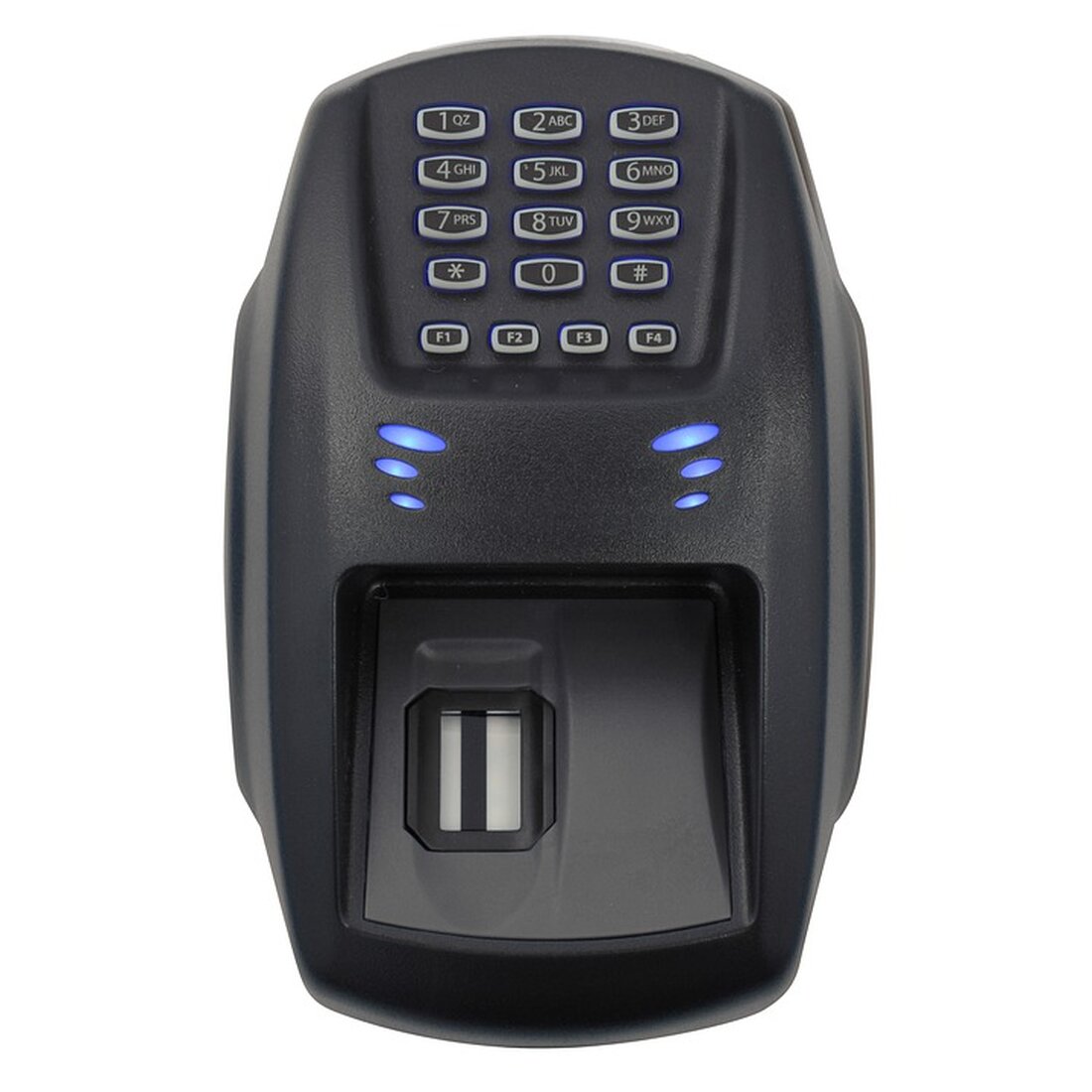Biometric border controls: EES system starts and changes everything!
The EU will introduce the digital entry and exit system EES from November 10, 2024 to control borders more efficiently.

Biometric border controls: EES system starts and changes everything!
The European Union is implementing a new entry and exit system (EES) that brings significant changes for travelers from third countries. From then onNovember 10, 2024the EES will be put into operation, as the EU Commissioner for Home Affairs,Ylva Johansson, confirmed during their visit to eu-LISA. This system will replace the traditional paper stamps in passports used when crossing borders into Schengen countries.
The EES will collect data on the crossing of external borders by third-country nationals, including Ukrainian citizens. This new system will integrate automated capture of the date and location of entry as well as biometric information such as fingerprints and facial images. The aim is to monitor compliance with the permitted length of stay of 90 days within 180 days while combating document forgery and identity fraud.
Functions and objectives of the EES
The main functions of the EES include:
- Automatische Erfassung von Ein- und Ausreisedaten
- Biometrische Daten für sicherere Kontrollen
- Überwachung der Reisehistorie der Einreisenden
In addition to optimizing security, the EES is intended to streamline border processes and collect more accurate data on travelers. Despite modern improvements, manual stamping of passports will continue during the transition period.
There will be no change in entry requirements for Ukrainian citizens, but control will be carried out via digital systems. Biometric data is recorded upon first entry after the system is put into operation. Experts' concerns could point to longer wait times at borders, particularly during peak periods, although there is the possibility of temporarily disabling the system during busy times.
Relevant information for travelers
Travelers should check some important points before traveling:
- Gültigkeit des Reisepasses
- Daten früherer Reisen in den Schengen-Raum
- Gültigkeit der Reiseversicherung
- Green Card-Kfz-Versicherung, falls mit eigenem Fahrzeug gereist wird
The EES applies to all non-EU citizens traveling in Europe for up to 90 days within 180 days, including British citizens. Exceptions exist for nationals of participating countries and certain travelers, such as students or researchers. While Cyprus plans to join the Schengen area next year, Ireland and Cyprus do not use the EES and continue manual stamping.
The delays in the implementation of EES also have an impact on the ETIAS project, which is scheduled to start five to six months after the EES implementation. Overall, the new system aims to increase European security and improve efficiency at border controls, while ensuring travelers' data protection Visit Ukraine and Schengen visa continue to monitor such developments closely.

 Suche
Suche
 Mein Konto
Mein Konto